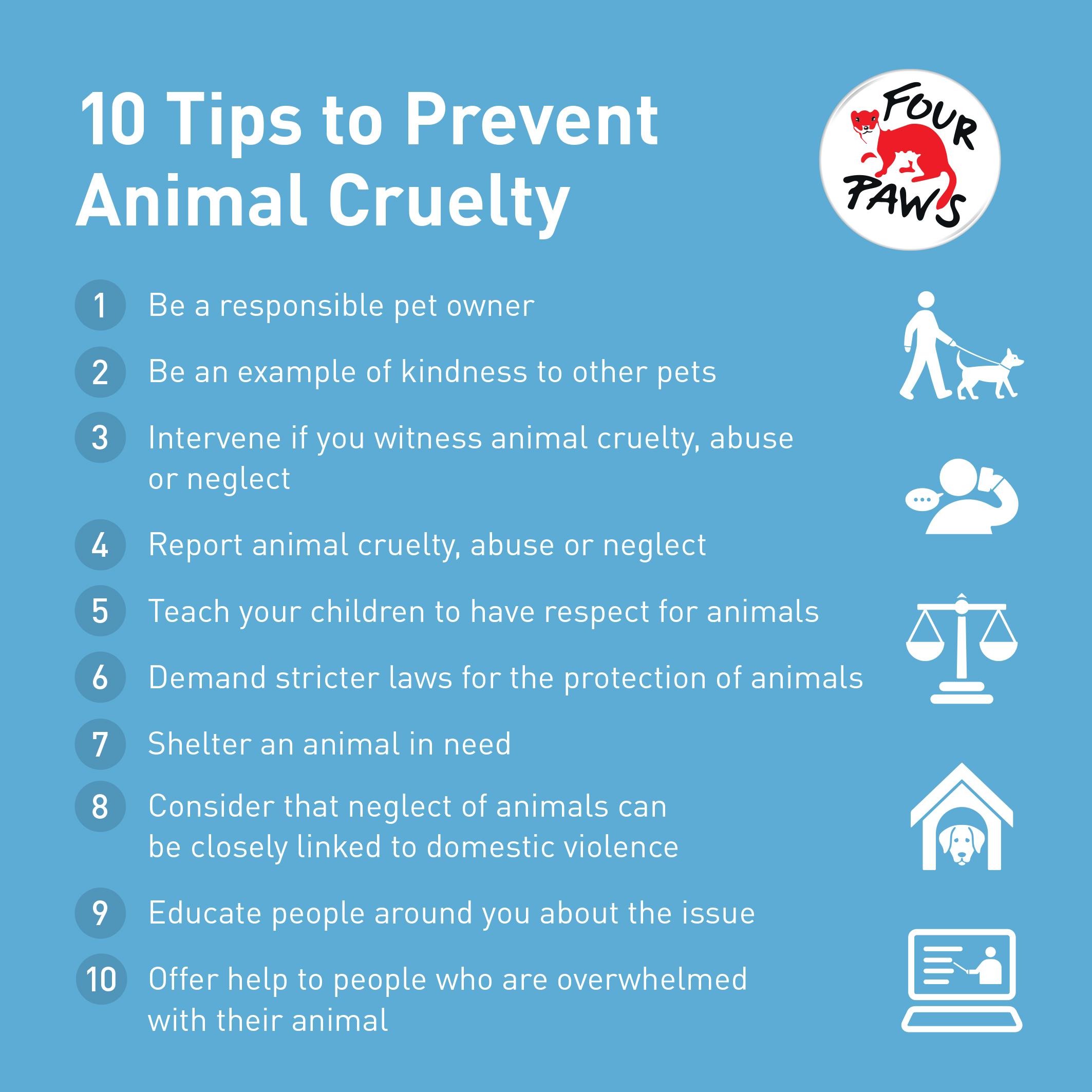Animal cruelty laws are designed to protect vertebrates, which encompass mammals, birds, reptiles, amphibians, and fish, yet they intentionally exclude a vast and abundant group at the lower end of the phylogenetic ladder: insects. This raises profound philosophical and ethical questions regarding our moral obligations towards all sentient beings. Despite their minute size, insects play a pivotal role in the ecological network, contributing to biodiversity and ecosystems services. This article delves into the disparity in protections provided to insects compared to vertebrates, exploring sociocultural perceptions and legal frameworks, and scrutinizing the implications of this oversight.
The first aspect to consider is the historical context of animal cruelty laws. Over time, societies have shifted their focus towards protecting larger and more recognizable animals, often overlooking less conspicuous beings. Legislation regarding animal welfare has evolved from a utilitarian standpoint, emphasizing the protection of species that humans have historically interacted with in a meaningful way. This anthropocentric view pigeonholes the concept of what constitutes an “animal” deserving protection, thereby relegating insects to a position of invisibility within the legal framework.
Ethical considerations further complicate the discourse surrounding insect protection. The moral standing of insects is often dismissed due to their perceived lack of intelligence and the absence of emotional expressions that we attribute to higher vertebrates. However, scientific studies have demonstrated that many insect species exhibit complex behaviors and social structures, which suggests a level of sentience that calls for ethical reflection. For instance, certain species of bees and ants display remarkable problem-solving skills and exhibit signs of communication and social hierarchy. Thus, relegating them to a category devoid of rights is an ethical quandary that merits rigorous examination.
Moreover, the utilitarian value of insects within their ecosystems highlights their importance. Insects serve as pollinators, decomposers, and a vital food source for numerous animal species. The decline of insect populations due to habitat destruction, pesticide use, and climate change poses significant ramifications not just for other species, but also for human agriculture and food security. This interdependence calls into question our selective legal protections and challenges the notion of exclusivity in compassion. Why should the well-being of insects, which support vital ecological processes, be disregarded in favor of larger, more charismatic fauna?
The lack of protective laws for insects is also rooted in cultural factors. Societal attitudes toward insects are often steeped in negative perceptions, viewing them primarily as pests rather than sentient beings. This bias is evident in popular media, where insects are frequently portrayed in a negative light. Such cultural narratives contribute to their dehumanization, creating a social environment where acts of cruelty or disregard are normalized. Additionally, many people lack awareness of the ecological roles that insects fulfill, which diminishes their perceived value and reinforces their exemption from protection.
Legal frameworks surrounding animal cruelty are not only outdated but also reflect societal prejudices. Current legislation often prioritizes the welfare of “companion animals” or those animals that have direct economic or emotional significance to humans. Consequently, insects fall through the cracks, with laws that protect them either non-existent or marginal at best. While some jurisdictions may address specific issues like habitat destruction or the unsustainable use of pesticides, comprehensive legal protections that encompass cruelty prevention for insects remain largely unaddressed.
Moreover, the complexity of creating and enforcing laws specific to insects presents an additional challenge. Insects are incredibly diverse, with approximately 1 million described species, and their ecological interactions are multifaceted. Defining cruelty towards such a broad array of beings complicates regulatory efforts and raises questions about enforcement. For instance, what constitutes neglect or cruelty for a mosquito versus a honeybee? These challenges may contribute to legislative inertia, yet a commitment to advancing insect welfare and recognizing their intrinsic value remains imperative.
There is a burgeoning movement advocating for the recognition of insect rights that seeks to challenge the traditional frameworks of animal welfare. Scholars, ethicists, and advocates are calling for more inclusive definitions of sentience that encompass not just vertebrates but invertebrates as well. By fostering a deeper understanding of insect biology and behavior, we can shift public perception and cultivate empathy towards these creatures. This could lead to greater societal support for enacting laws that provide protection from cruelty.
In conclusion, the persistence of animal cruelty laws that do not encompass insects reflects a broader societal disregard for the intrinsic value of all sentient beings. Legal systems are lagging behind our growing understanding of animal sentience, particularly in the case of insects, which are indispensable to ecological health. Reevaluating the moral and legal status of insects is essential, not only for their welfare but for the sustainability of our ecosystems. As society progresses towards a more inclusive ethic towards living beings, reconsidering the scope of animal protection legislation is a critical step in fostering a compassionate and interconnected world.










